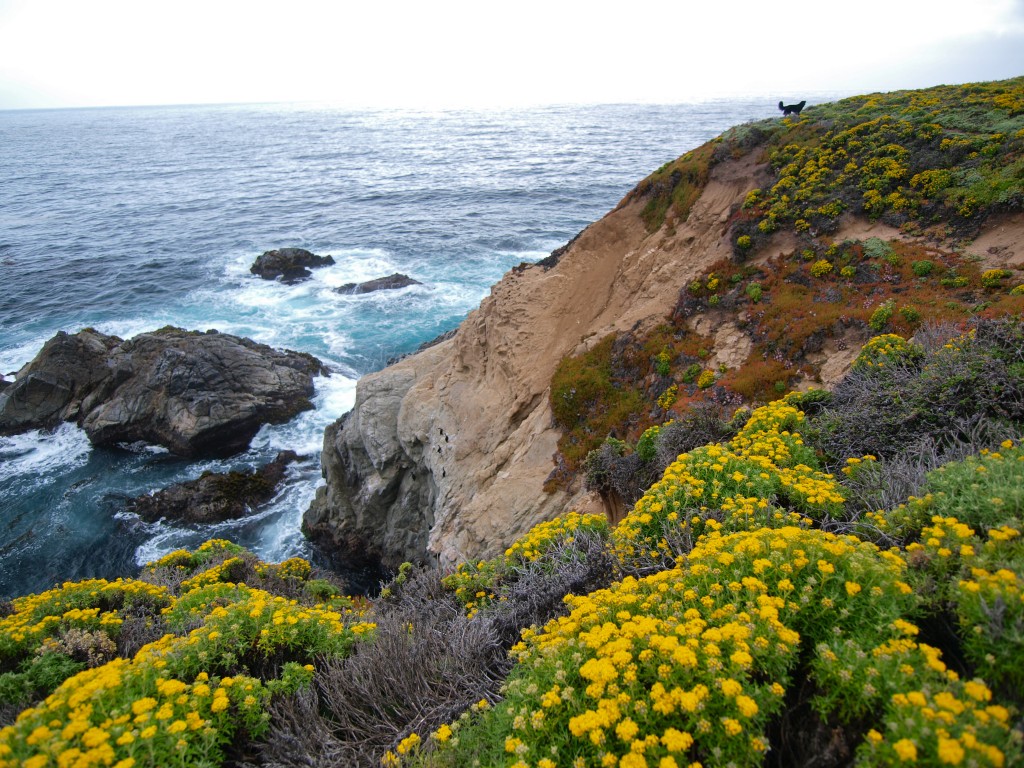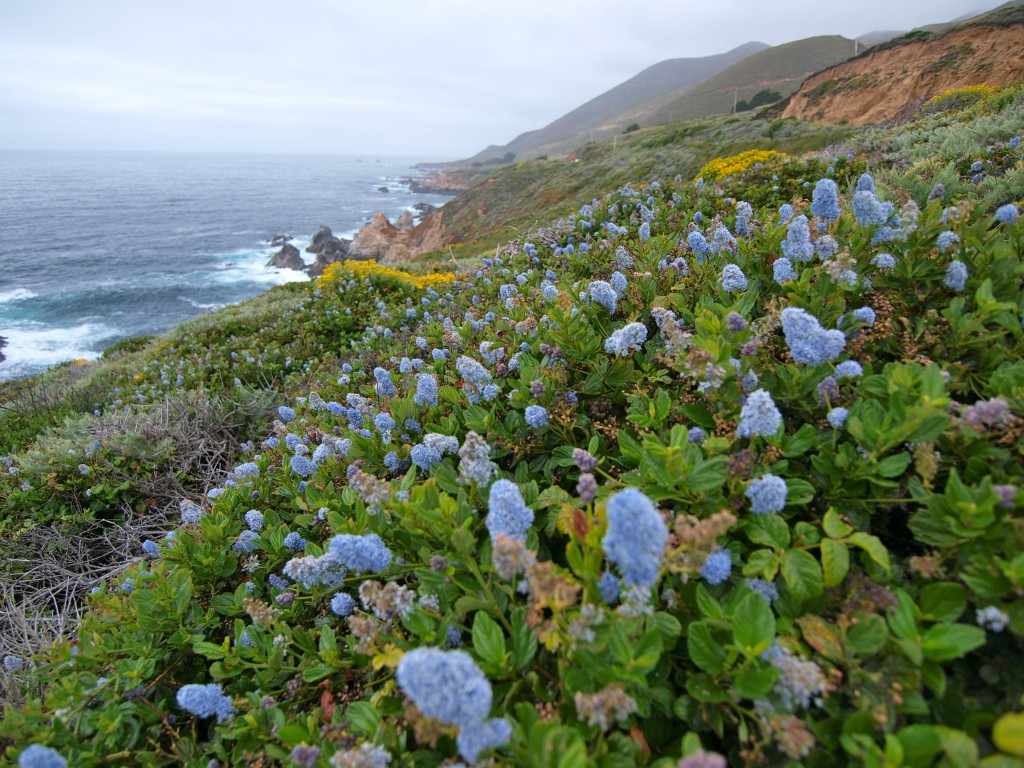 A few weeks ago, driving south along California’s Highway 1, hugging the coastal curves just north of Big Sur, my boyfriend Drew and I stopped to wander along a cliff top covered in blue larkspur and yellow yarrow. Between the colorful wildflowers, the white cliffs and the crashing Pacific, it was all so lovely that we didn’t even notice the leaves of three lurking beneath the flowers.
A few weeks ago, driving south along California’s Highway 1, hugging the coastal curves just north of Big Sur, my boyfriend Drew and I stopped to wander along a cliff top covered in blue larkspur and yellow yarrow. Between the colorful wildflowers, the white cliffs and the crashing Pacific, it was all so lovely that we didn’t even notice the leaves of three lurking beneath the flowers.
The itching started less than 24 hours later. By day three I was so horribly itchy, rashy and sleep deprived that I begged a round of steroids from my doctor. But Drew was totally fine. Figures he’d be among the 15 to 30 percent of people who aren’t allergic to poison oak.
 Poison oak, poison ivy and poison sumac all belong to the genus Toxicodendron. Poison oak is not an oak and poison ivy is not an ivy; all three belong to the sumac family and they grow everywhere: close to the ground, in trees and crouched in shrub form, throughout North America.
Poison oak, poison ivy and poison sumac all belong to the genus Toxicodendron. Poison oak is not an oak and poison ivy is not an ivy; all three belong to the sumac family and they grow everywhere: close to the ground, in trees and crouched in shrub form, throughout North America.
Unless you spent your entire childhood indoors and never go out as an adult, you’ve probably come in contact with poison oak, ivy or sumac at some point and I don’t need to tell you what an obnoxiously miserable experience it is. If you’ve never had the displeasure, however, you might actually be among the lucky minority whose immune systems don’t go haywire after brushing against an otherwise harmless plant.
The reaction to poison oak, ivy and sumac is an allergy to urushiol, a mixture of chemicals found in the plants’ sap and excreted onto the leaves. Why the plants make this chemical is a bit of mystery, since it doesn’t seem to deter grazing animals from eating it. In fact, one of the best ways to get rid of poison ivy growing on your property is to borrow some goats that will gobble it up with no ill effects.
Humans seem to be the only creatures affected by urushiol. My dogs, who ran around in the cliff top wildflower field even more than we did, showed no signs of a rash, even on their sensitive noses.
When people get urushiol on their skin, it triggers a reaction called allergic contact dermatitis, a T-cell mediated immune response where the body’s immune system recognizes the urushiol as a foreign substance and attacks.
The great irony is that the immune response itself is what produces the rash: the fluid contained in those itchy blisters on your skin is not urushiol, but your own foreign-body fighting fluids, which is why the rash is not contagious and scratching doesn’t make it spread, despite what your mother told you. If the body did not attack the urushiol there would be no problem.
For 15 to 30 percent of people, poison ivy is just another green plant, but that doesn’t mean they’re in the clear forever. Anybody can develop an allergy to urushiol at any time. Drew grew up as an outdoor kid in Georgia, poison ivy hell, and neither he nor his brother ever suffered a rash. But six days after Big Sur, itchy bumps and blisters started appearing on his arms and legs. Evil ivy strikes again.
______
Mary Caperton Morton is a freelance writer and photographer in Cerrillos, New Mexico. Follow her travels at www.theblondecoyote.com. She advises that on the first link, you do not click on the “Skin Rash Hall of Fame.”
Photos by Mary Caperton Morton.